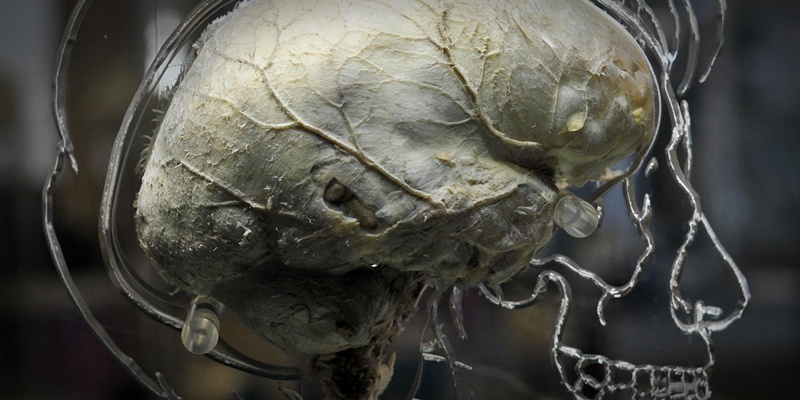Researchers at Dundee University have played a key role in discovering how the brain protects itself from harm when ”running on empty”.
Professor Grahame Hardie said the protection system, involving a protein known as AMPK, works a bit like a laptop or a mobile phone that dims the screen and takes other measures to conserve power when the battery is running low.
The findings could lead to new treatments for patients risk of stroke when their energy supply from blood vessels feeding the brain is compromised.
Professor Hardie said many regions of the brain constantly consume as much energy as leg muscles during marathon running. Much of this energy is needed to fire up ”action potentials”, tiny electrical impulses that travel along nerve cells in the brain. These impulses trigger the release of chemical messages at nerve endings, allowing the brain to process information and control bodily functions.
Normally, the bloodstream supplies enough glucose and oxygen to the brain to generate the large amount of energy required for these action potentials to be fired up. But things can go wrong if the blood vessels feeding the brain become narrowed or blocked, restricting the supply of vital nutrients.
Prof Hardie said: ”If the blood supply is restricted then there is a danger that the nerve cells in the brain will run short of energy. This mechanism we have found is a way of trying to protect against that.
”AMPK detects a shortage of energy in cells and what it does is try to conserve energy, a bit like when a lap top is running short of power and will dim the screen.”
The Dundee team, working with teams at Edinburgh and Leeds universities, shed light on the protective strategy, which is triggered by AMPK and reduces the firing frequency of electrical impulses, conserving energy.
It was Prof Hardie who first discovered AMPK. He said: ”When we first defined the AMPK system by studying fat metabolism in the liver back in the 1980s, we had no idea that it might regulate completely different functions in other organs, like nervous conduction in the brain.
”There are drugs currently on the market that stimulate AMPK, which are used to treat other conditions. In future these and other drugs could be given to at-risk patients to give them a better chance of surviving a stroke.”
Professor Chris Peers of Leeds University School of Medicine, said: ”It is possible that this discovery could, in the long term, lead to new treatments for patients who have problems with circulation to the brain, placing them at higher risk of conditions such as stroke.”
Photo (Ben Birchall/PA Archive)
